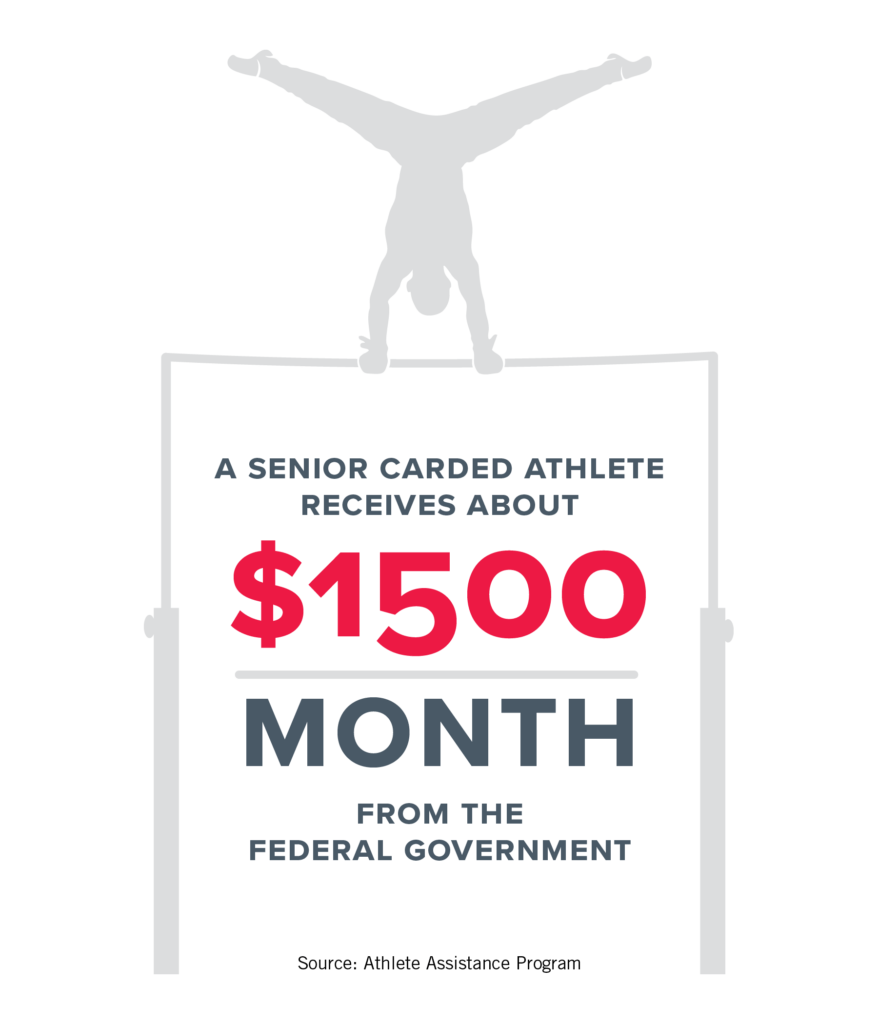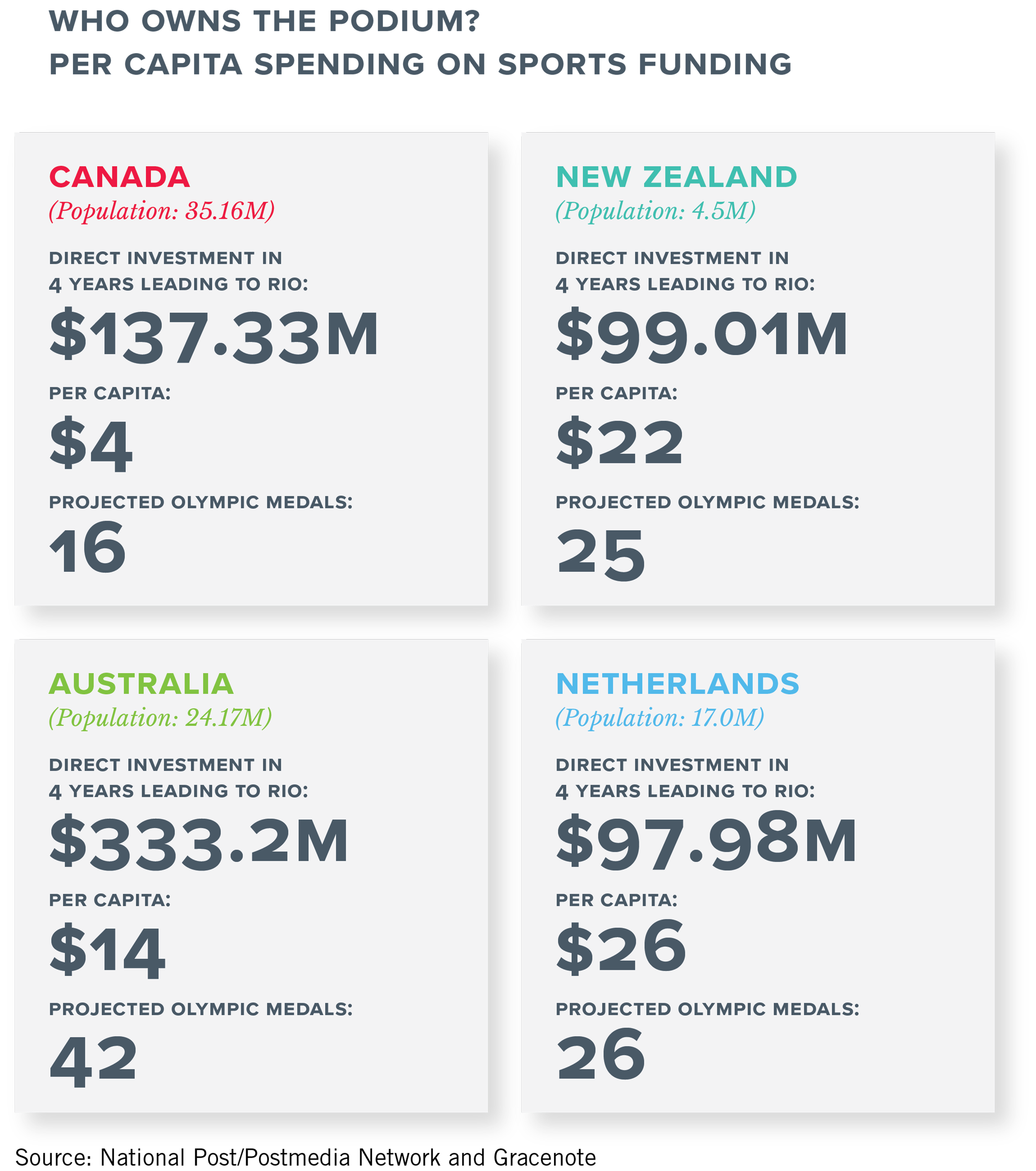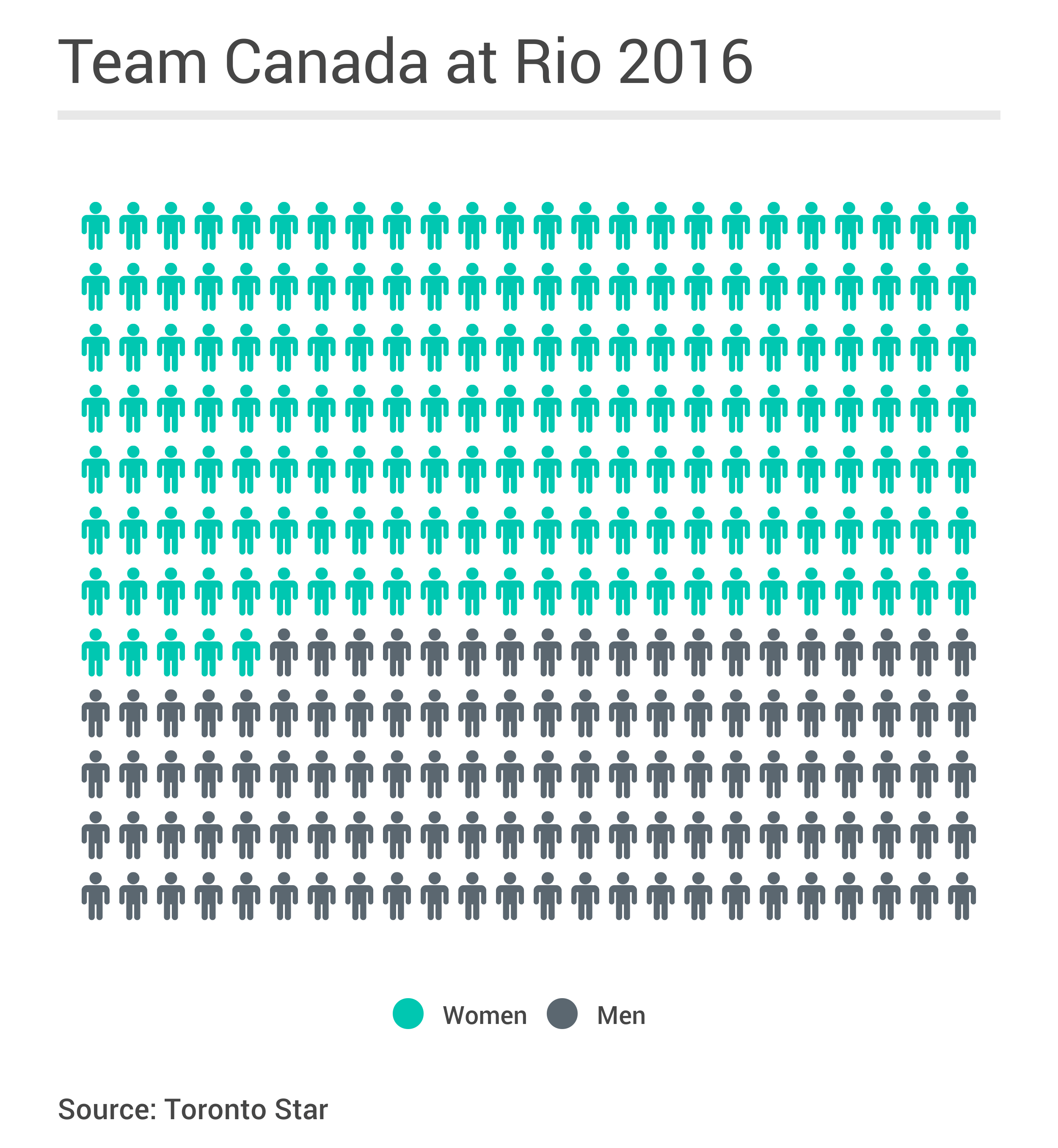Photo credit: marchello74/Shutterstock.com
Canadian athletes are doing the country proud competing and winning medals at the Olympic Games in Rio de Janeiro, Brazil.
But in the lead up to the games, many face another kind of competition – for dollars to help fund training in their sport.
According to the National Post, Canada’s federal government invests about $200 million annually into the sport system, with a largely targeted funding system. The target funding focuses on athletes with medal potential. However, athletes can receive money from alternate sources—such as provincial excellence programs, personal fundraising, and corporate support.

Canada operates the Athlete Assistance Program, a sport funding program that provides financial assistance. Athletes supported by the AAP are Canadian citizens or permanent residents, adhere to their athlete agreement requirements, meet the eligibility requirement of the sport’s international federation as they pertain to citizenship and residency and are available to represent Canada at all major international events, and meet the carding criteria as a member of the Canada Team at international events or in domestic events or events sanctioned by the NSO (National Sport Organization). AAP funding is intended to contribute to an athlete’s living and training costs, designed to support athletes whose performance is in the top 16 at world championships, Olympics, or Paralympics. All athletes receiving this stipend are considered “senior carded athletes.” A senior carded athlete receives about $1,500 per month from the federal government. Since 2004, this stipend has not changed, but if it had kept up with inflation, it would reach closer to $1,800.
Alternatively, in Great Britain athletes receive up to $45,190 annually from UK Sport, backed by the government and the National Lottery.
In 2005, Own the Podium was created when Canada set the goal to top the medal chart at the 2010 Vancouver Olympics. In conjunction with the organizing committee and the federal government, Own the Podium guided the investment of $100 million over five years to help athletes, resulting in Canada’s historic Olympic win in Vancouver with 14 gold medals.
Own the Podium, a not-for-profit organization that determines investment strategies for National Sport Organizations, operates like a business, and strategizes to gain the largest return on investment. Therefore, athletes projected to win receive the most money—resulting in a feedback cycle: successful athletes receive more funding while non-projected winners receive less, and more money generally results in stronger outcomes.
Own the Podium does not provide equal assistance to every athlete and sport – Wrestling Canada received $1.379 million in targeted funding because female wrestlers were expected to medal, while boxing received merely $310,000 with no projected medallists – resulting in a tough cycle combining funding and performance.
However, funding is not necessarily linked to athletic success.
In 2009, Own the Podium was launched for summer sports. Canada finished with 18 medals in London in 2012, one less than in Beijing in 2008.
From 2010 to 2014, Own the Podium spent roughly $81 million.
The private sector also lends a hand to Canadian Olympics. Corporations such as B2ten have reached out to help athletes prepare and train up to and including the 2020 Summer Games in Toyko. The company has raised more than $30 million, and other companies such as BMW and Proctor and Gamble have endorsed certain Canadians.
The Canadian Olympic Committee rewards gold medal winners with $20,000, silver medallists with $15,000, and bronze medallists receive $10,000. Comparatively, the United States rewards gold medallists $25,000, $15,000 per silver medal, and $10,000 for bronze.
Canada has the least per capita spending on sports funding when compared to countries such as New Zealand, Australia, and the Netherlands. According to Gracenote, the three countries all have a higher number of projected medals than Canada (Canada is projected to win 16, New Zealand 25, Australia 42, Netherlands 26).
Until the Rio Olympics 100 m sprint, Canada’s 12 medals were all won by women.
Indeed, in the lead-up to the games, Canadian female athletes were targeted as potential medallists.
Team Canada has a 60-40 gender split, with 20 per cent more women athletes. Anne Merklinger, CEO of Own the Podium, told the Toronto Star that “there was a significantly higher percentage of medal potential for the women…in that sense, we’ve strategically targeted women’s events.”
Western Canada competitors
Each Olympics, Team Canada sends athletes from across the country to compete. In Sochi 2014, athletes from the four western provinces made up roughly 20 per cent of the team. In Rio this month, western representation reached 50 per cent.
Here’s how the distribution of athletes from the West breaks down, in the most recent Winter and Summer Games.
– Catherine Gao is a research intern




